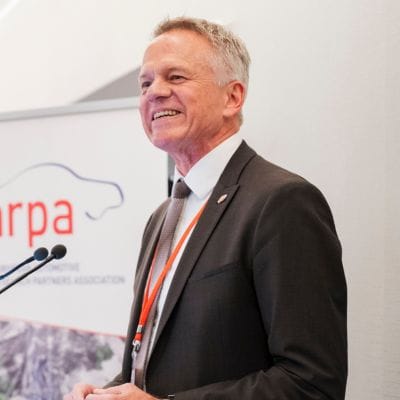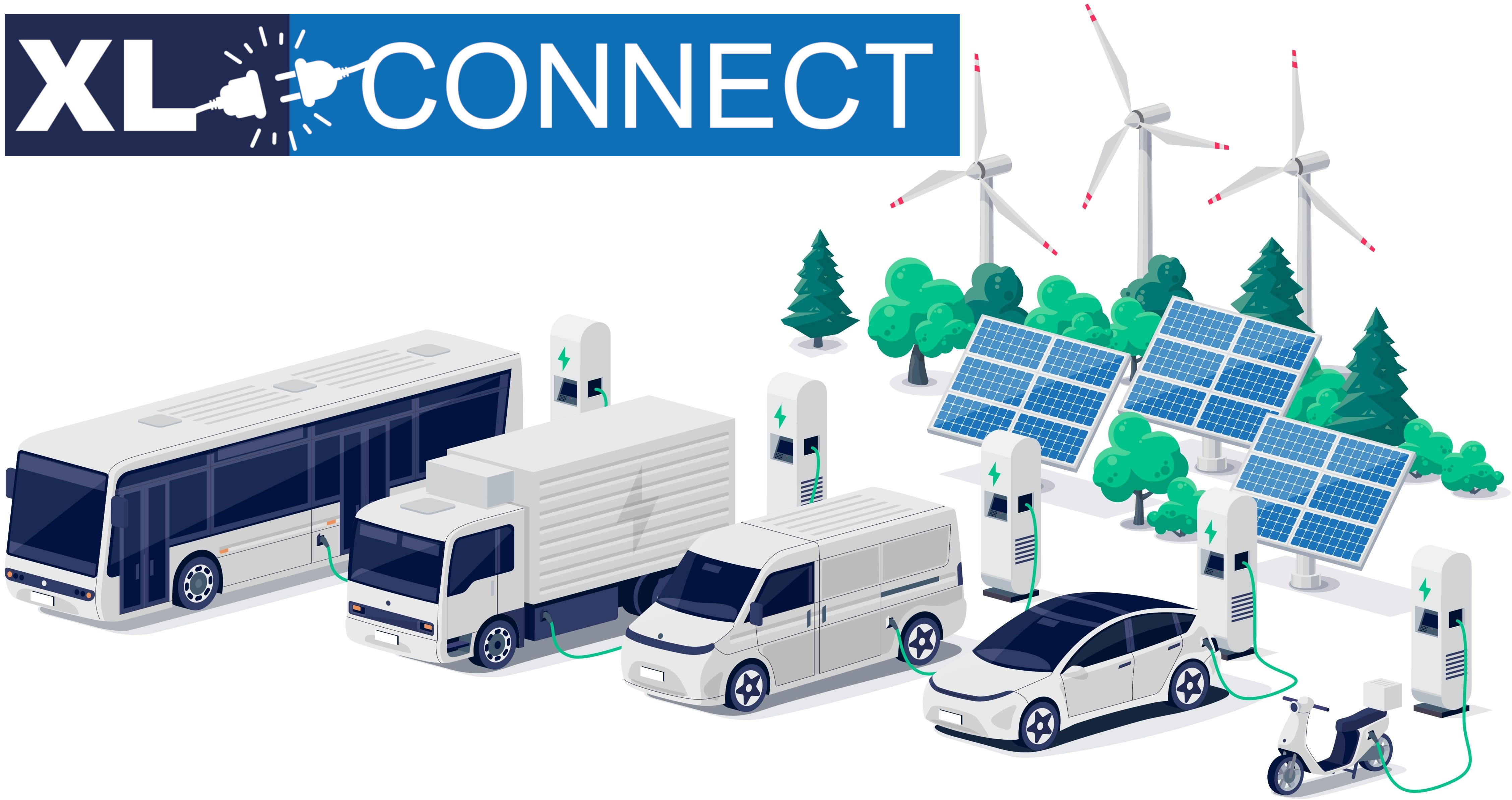#WeDrive2Zero: Interview with Christof Schernus, Pillar 2 co-leader

#WeDrive2Zero
Name: Christof Schernus
Position at EGVIAfor2Zero: : Co-leader of Pillar 2 “Integration of battery electric vehicles into the energy system and related charging infrastructure” (Industry)
Job title: Vice-President Research and Innovation in Area Europe at FEV Europe GmbH
Technology area addressed: Charging
Please briefly introduce yourself
I am Christof Schernus, working at FEV as Vice President Research and Innovation in Area Europe. This job is a perfect match to my passion for making mobility more sustainable through innovation, the increased use of renewable energy and sustainable materials, and to make it an enjoyable experience for users. With my team, I coordinate internal and collaborative R&I activities of FEV in Europe and beyond, where European Funding is available.
Why did you apply as 2Zero co-leader?
I applied for co-leader of 2Zero Pillar 2, because I see the need to co-evolve the EVs and the electricity infrastructure for charging. The one cannot progress without the other. And there are synergies to be exploited through better integration of the EVs’ battery capacity with the energy grid to maximise the use and reduce the curtailing of renewable energy. That will improve the business case for investment into wind and PV farms and accelerate the transition from fossil to climate-neutral energy.
What are the key challenges addressed by the projects in the “Charging” technology area?
Related projects investigate and demonstrate smart and bidirectional charging and/or bring high power charging to the freight corridors. And when you talk about motorway service areas with Megawatt Charging for trucks and coaches, you talk about multi-MW connections to the grid. This cannot work without including the energy infrastructure in the background. Therefore, projects involve the electricity providers, distribution and transmission system operators, charging point operators and make them collaborate with car makers, suppliers, researchers and representatives of users.
How do these projects reflect the strategic vision and priorities of 2Zero and what is planned for the future?
The projects collect the views, needs and requirements of the different stakeholders and turn them into a realistic scenario for demonstration. Some projects collected feedback from hundreds or thousands of possible users and evaluated how the proposed solution was appreciated. And it goes on: the calls for Work Programmes 2025, 2026 and 2027, which are expected to have projects participating in the Societal Readiness Pilot. it shall measure the public acceptance level of zero emission mobility and its integration with the electricity network even more closely, since even the best product can be a disaster if there are no customers.
This holistic view makes this technology area, and the Pillar 2 so important, and me so enthusiastic about it.
Are there any relevant success stories that demonstrate high impact or replicability?
Among the many success stories in this technology area, there is the lesson that it is not carved in stone that your EV’s battery must degrade faster when it participates in bidirectional charging when it has frequent charging and discharging. No, if done correctly, the battery can last even longer from that little cycling instead of being charged and then depleted in driving. One company also used its vehicle fleet in the car park to balance fluctuating electricity needs and save on grid connection costs. It was demonstrated, how one can make a business out of buffering electricity in car batteries and feeding it back at better prices. Users in pilot projects like that in Utrecht gave up their initial concerns about bidirectional charging and became very positive about it after having experienced the benefits without a measurable impact on the longevity of their batteries. Obviously, having a fair contract for V2G that lets the vehicle user participate in the benefits matters. And CPOs must redefine their business models from just selling energy to making profit from balancing the grid. It goes without saying that blocking fees for vehicles connected in V2G mode would be counterproductive.
What R&I activities identified in the SRIA will be addressed in the coming years?
Have you ever stored your charging cable in your trunk in a rainstorm? Projects from the 2024 and 2025 calls will deal with automated charging, which is a key to make electric mobility truly inclusive, because it relieves the user from handling a potentially heavy cable. Whether conductive or wireless, automatic charging will be the next icebreaker for user acceptance. Moreover, it overcomes the reluctance of users to connect their car when they do not necessarily need to charge. They will come to the parking or their garage, the car positions itself on the charger, and – zip! – here’s the battery in the grid, and its V2G connection can start servicing the electric network!
Moreover, wireless charging was also demonstrated in motion at speeds >90 km/h making it a possible solution for electrified road systems.
Existing standards for bidirectional charging and communication were deployed, investigated, and their further evolution was supported.
What role does the “Charging” technology area play in Europe’s sustainable mobility transition?
This area definitely contributes to the EU policy of ramping-up zero-emission mobility through innovative technology and user-friendly solutions. It fosters the transition to climate-neutral energy with the help of smart charging and bidirectional charging as described above.
Though a lot has been achieved, there will be more work left for the next framework programme, the successor of Horizon Europe, to foster the European automotive industry and the renewable energy sector in further joint R&I projects. V2G applications in public space today, if any, are related to AC connections, whilst in private spaces, DC connections have already been investigated. Further improving the efficiency of V2G using AC and/or DC is a necessary action for the future, in particular as V2G cycling frequency increases with further penetration of photovoltaics to balance fluctuations during situations such as cloudy-sunny skies and related frequent fluctuations of PV power in the grid.
Further, charging stations for swappable batteries, e.g. of light vehicles can play a role in grid stabilisation and create a business beyond renting batteries, provided that we are able to overcome remaining user reluctance and this technology gets support from industry players.
Higher voltages at charging stations and balancing the demand in Megawatt charging stations will bring up further challenges to local and regional energy supply to which EV batteries integrated in the grid can help.
So, there are good reasons to follow the development of our partnership closely. Stay tuned!









